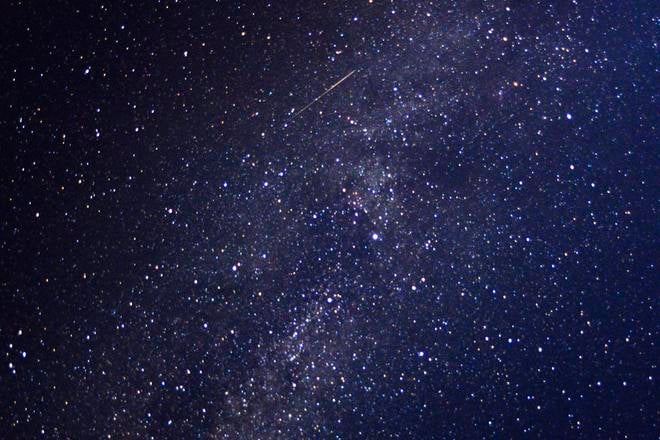For night sky aficionados, it's that time of year again. One of the best shooting star displays, the Perseids, is once again visible in the night sky.
Although the meteor shower begins to appear from around mid-July and remains visible until late August, it is around the August 12 and 13 that the Perseids reach their peak.
How to observe the shower
Unfortunately, according to the Astronomical Institute of the Slovak Academy of Sciences, the conditions this year are not expected to be ideal. Our natural satellite will be in the full moon phase on August 9, so the days leading up to the peak activity of the Perseids will be marred by moonlight. Nevertheless, some shooting stars may still be visible.
Therefore, the institute recommends observing the meteor shower over the next few days during the early morning hours before 04:00. The frequency could reach 20 to 30 meteors per hour.
To maximise your chances of seeing as many meteors as possible, it is advisable to move away from towns. The shower’s radiant—the point in the sky from which it appears to originate—is in the constellation Perseus, located in the north-eastern part of the night sky. You can use a light pollution map to find a suitable location, and don’t forget to check the weather forecast.
Although named after the constellation Perseus, that is not the actual source of the meteors. They are in fact particles and rocky debris left behind when comets pass near the Sun. Each year, the Earth travels through this trail of space debris, which then collides with the planet’s atmosphere and produces meteors.
There may be more to see
The source of the Perseid meteor shower is comet 109P/Swift–Tuttle, which takes 133 years to orbit the Sun once. In 1865, Italian astronomer Giovanni Schiaparelli identified this particular comet as the source. Swift–Tuttle last visited the inner Solar System in 1992.
The Perseids will remain visible until around August 24, with occasional shooting stars still appearing into September.
In the latter half of August, the Delta Aquarids and Alpha Capricornids meteor showers may also still be visible. The radiant of the former is in the constellation Aquarius and it is active until August 23, while the radiant of the latter is in Capricornus and it is active until August 15.


